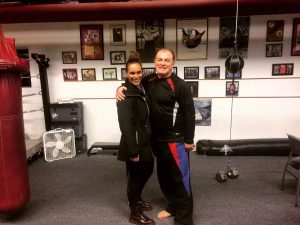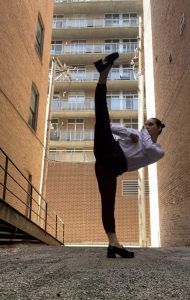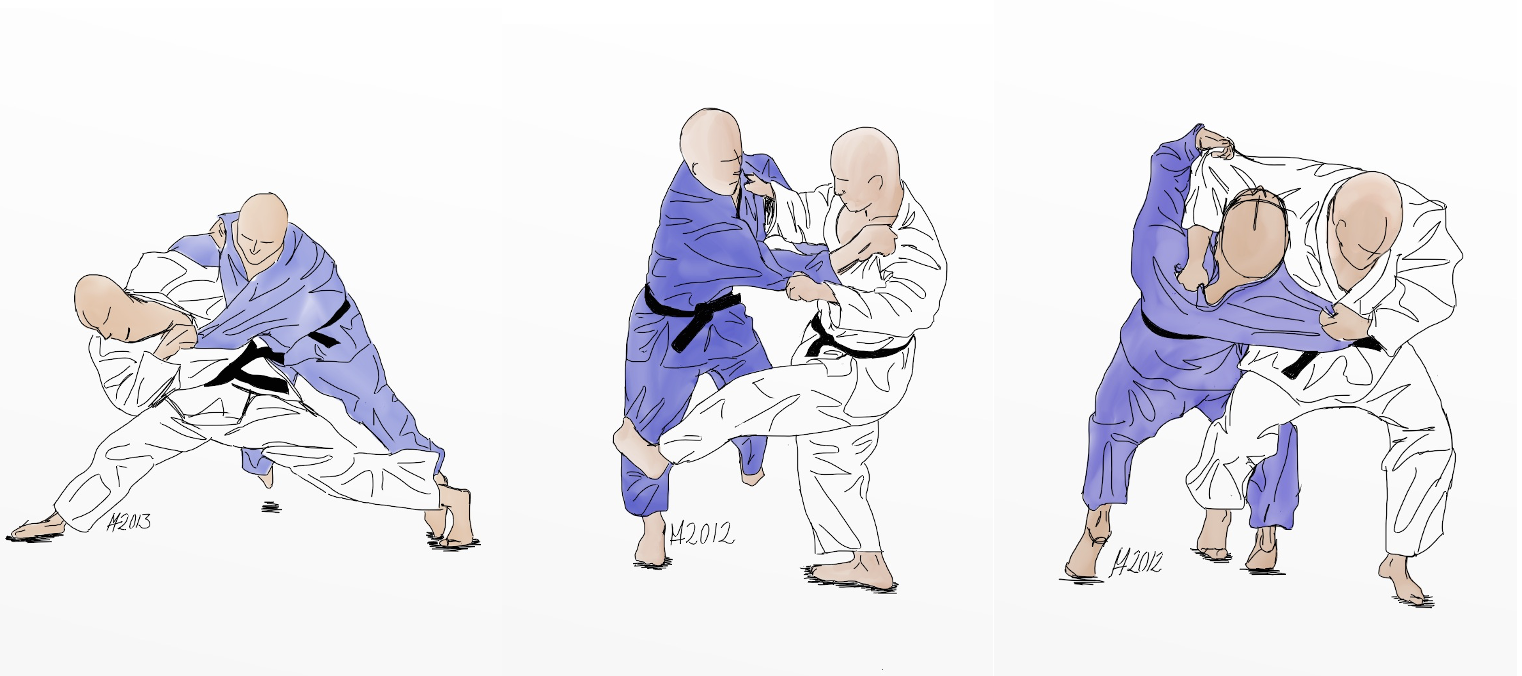I still remember my first sparring match vividly. It was a 3-minute practice combat session in my childhood martial arts class. I practiced techniques, learned the rules, and prepared myself for controlled combat with a partner. I instantly fell in love with the competitive spirit of sparring. Recently, I was reminded of that spirit when I discovered patent litigation as a law clerk.
Getting a Grip on the Basics
What exactly is a patent and what is patent litigation? A patent is a type of intellectual property that gives someone the right to exclude others from making, selling, offering to sell, using, or importing their invention. A person, other than the patent owner, who takes these acts without permission might be infringing the patent. When a patent owner believes that her patent is being infringed, she may file a lawsuit for patent infringement. As the parties “step into the ring” in a federal district court, they “duel” under the Federal Rules of Civil Procedure. If a “rematch” takes place, it is heard as an appeal in the Court of Appeals of the Federal Circuit.
Stepping into the ring, dueling, and engaging in a rematch all come from the world of sparring. A patent infringement lawsuit and sparring match follow a similar course of events, seeming to parallel each other. Both involve preparations, consultation of experts, a match-up of opponents, and a final determination by a judge or judges. Here, I’ll walk you through the journey through a sparring match to shine light on the general process of a patent infringement trial.

Training for the Match: Preparations and Discovery
As a martial arts competitor, I like to study my opponent and create a gameplan. Lack of preparation can cause an early and avoidable loss in both sparring and patent litigation.
When a patent owner files a patent infringement claim against another party, their opponent, the litigation process begins. Some cases are dismissed by the judge or the parties settle by agreement before or at trial. The cases that are not dismissed or do not settle in the early stages enter a process called discovery. During discovery, each side obtains information and prepares their case for trial.
Discovery is lightly akin to studying your opponent’s style and movements to create a gameplan to win a competitive advantage. Is there a weak point in the other party’s game that will help you get a favorable outcome? Are there strengths in your favor or theirs? The information collected in discovery builds the foundation for what will come up in trial, just as the preparations made in training for a sparring match carry into later strategy.
Expert Advice for Beginners and Champions Alike
Consultation and use of experts is helpful in patent litigation and sparring. When I had my first competitive sparring match as a child, my teacher and older students in my class coached me on footwork, blocking, striking, and even fight strategy. Their expertise helped me feel prepared to face a person who was trying to punch and kick me for points— P.S. don’t try this at home.
Similarly, scientific experts are used in patent litigation to help explain the technical terms and their meaning within the patent. The words of a patent written in a special way and are not always easy for non-experts to read or understand. A person of skill in the art— someone with special expertise in the relevant field— may testify about the meaning of the words in a disputed patent. The input of experts in both sparring and litigation helps to boost understanding and provides crucial input before the match or trial.

The Big Matchup: Trial
Once preparations are over, it’s time for the parties to face one another— that is true both of trial and a sparring match.
In a sparring match, I like to exploit the weaknesses of my opponent and amplify my strengths. For example, I once used a judo throw in a sparring match to throw my opponent off-balance and gain an advantage.
Similarly, at trial, the parties to patent infringement litigation can use different strategies to win. A patent owner might argue that the other party used her patent without permission. The opponent might strike back and say that she had a license allowing her to use the patent. A party could also attack the other’s failure to play by the rules, like rules of evidence. A judge deliberates the parties’ arguments as it relates to the supporting law. In a sanctioned sparring match, a panel of judges typically decides who wins the match.

The Aftermath: Damages & Rematches
At some point, the match or trial comes to an end. What happens next?
In patent litigation, a party prevails based on decision by a judge. If the patent owner prevails, she may recover monetary damages from her opponent. In some cases, the loser may even owe the patent owner triple the damages, also called “treble damages.”
Sometimes the results don’t seem quite right to the losing opponent. For opponents in a patent trial, there are some opportunities for appeal, where the case is heard again under special conditions. In a martial artist’s case, they might request a rematch.
The competitive spirit of sparring can act like a lens into the world of patent infringement litigation. Sparring and patent litigation mirror each other in many ways, whether that is consulting the experts, utilizing strategic “punches” and “blocks” to attack or defend an argument, or navigating the other party’s strengths and weaknesses.

Christina Conroy
Associate Blogger
Loyola University Chicago School of Law, J.D. 2023
